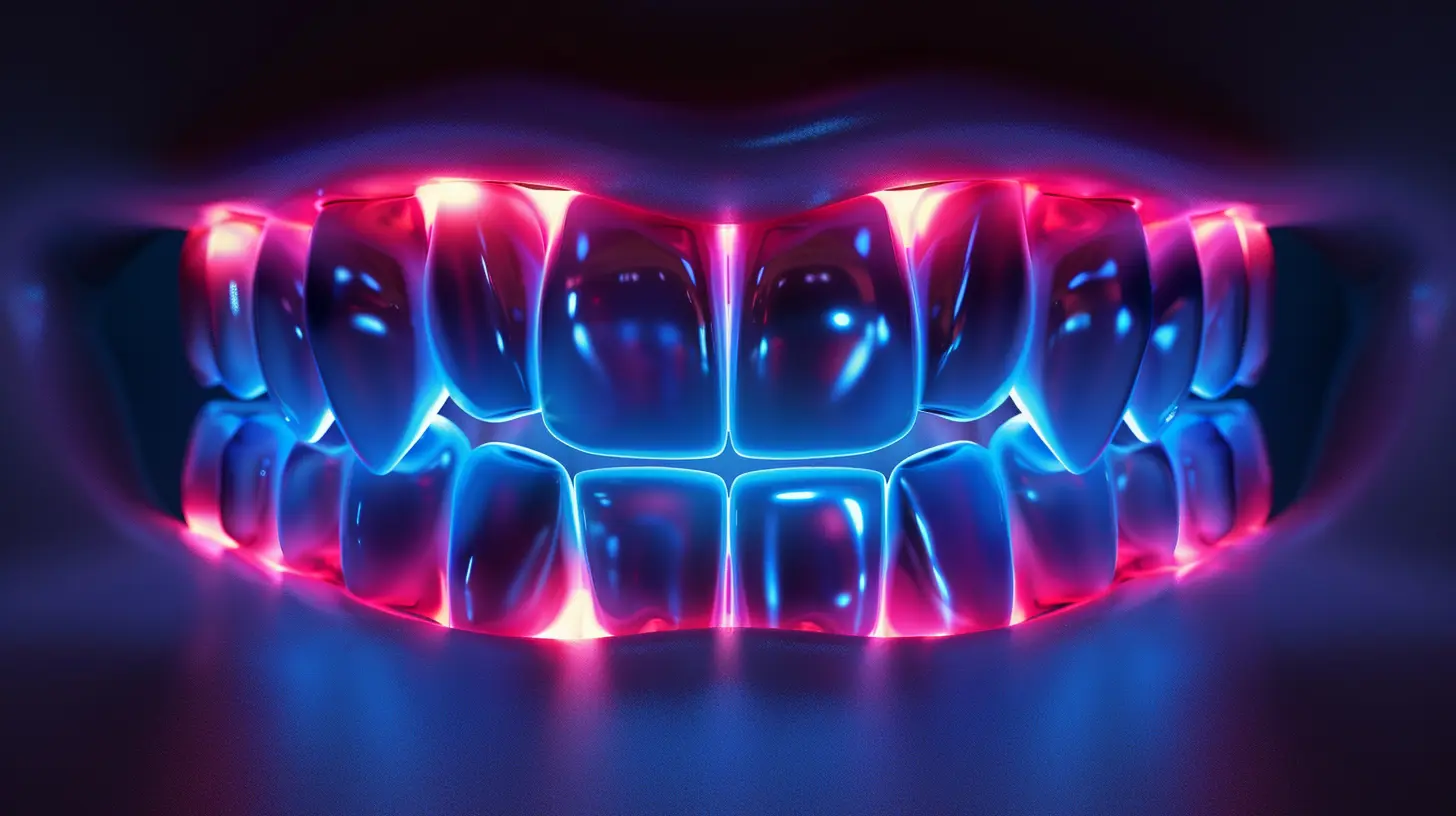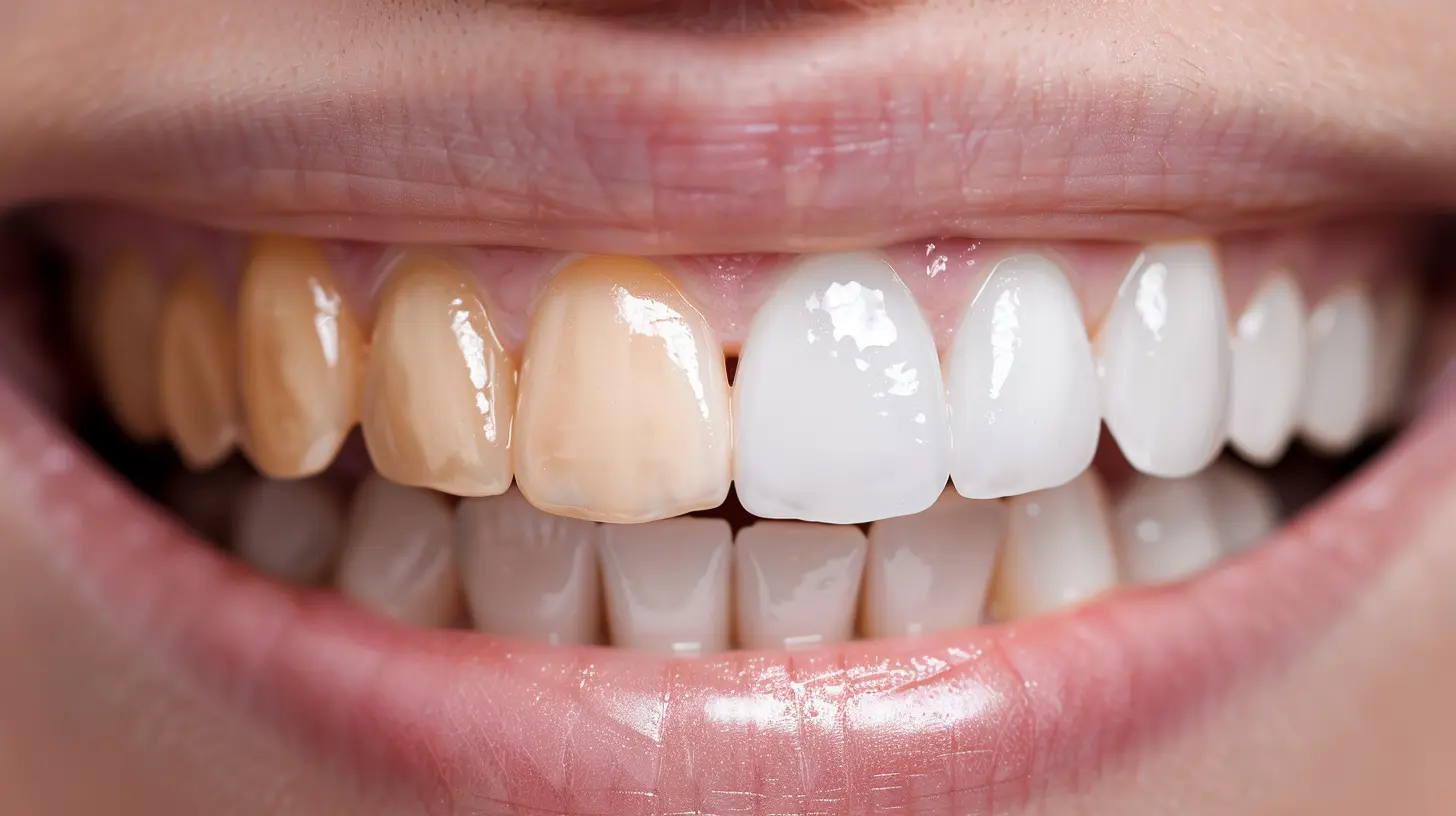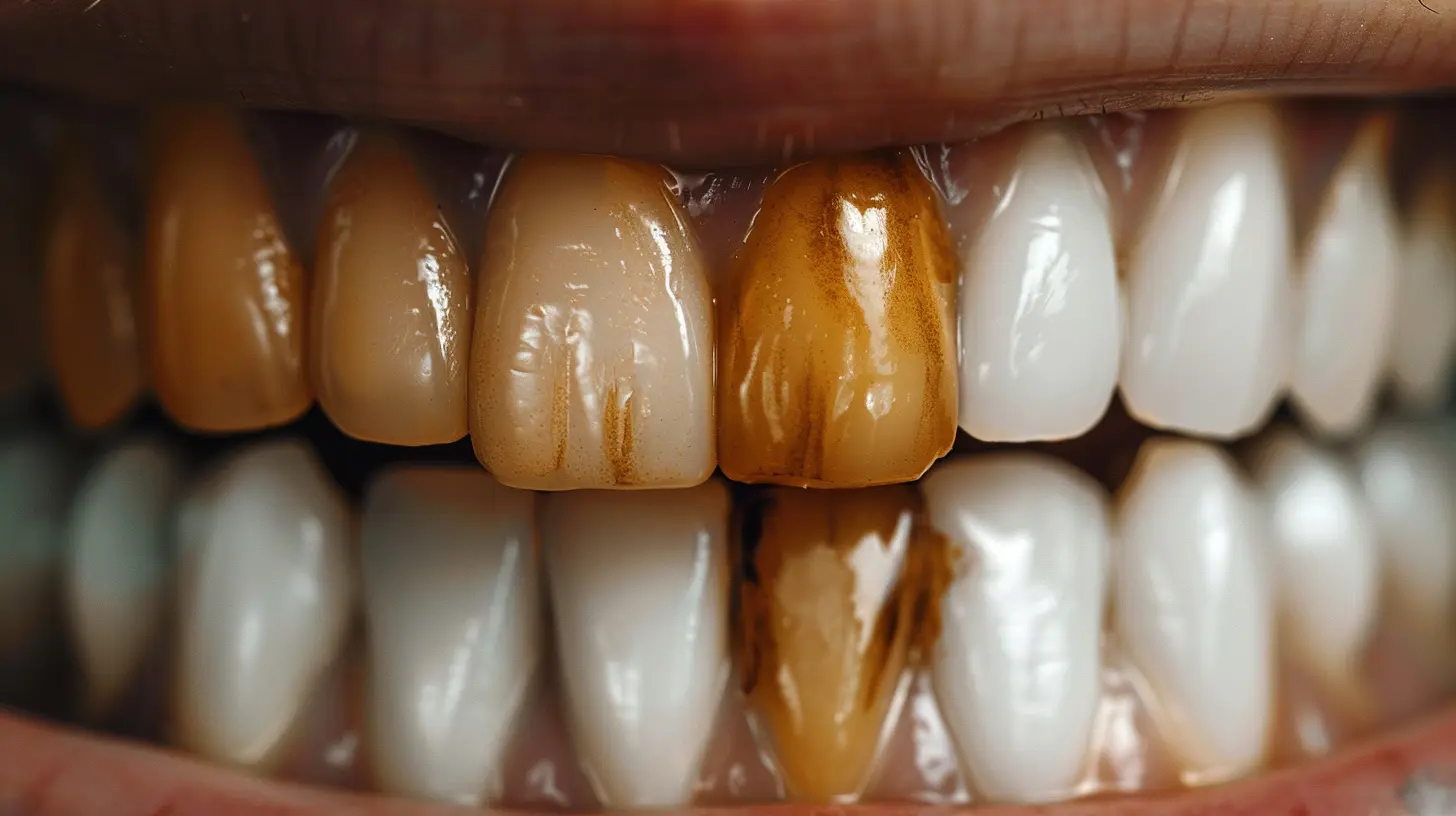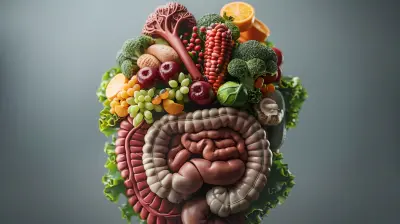How to Whiten Your Teeth Without Damaging Them
20 August 2025
A bright, white smile is often associated with confidence and good health. But let’s be real—many teeth whitening methods can do more harm than good. Harsh chemicals, abrasive scrubs, and over-the-counter treatments can strip enamel, causing sensitivity and long-term damage.
So, what’s the secret to getting pearly whites without wrecking your teeth? Let’s dive into the safest and most effective ways to brighten your smile while keeping your teeth strong and healthy. 
Understanding Tooth Stains: Why Do Teeth Turn Yellow?
Before jumping into whitening methods, it's essential to understand why teeth lose their sparkle in the first place. Here are a few common culprits:1. Food and Drinks
Coffee, tea, red wine, and certain dark-colored foods (like berries and soy sauce) can stain your teeth over time. These items contain pigments called chromogens that latch onto tooth enamel.2. Smoking and Tobacco Use
Nicotine and tar in tobacco products create stubborn stains. Smokers often notice their teeth turning yellow or even brown over time.3. Poor Oral Hygiene
Skipping brushing and flossing allows plaque and tartar to accumulate, making teeth appear discolored.4. Aging
As we age, the enamel on our teeth wears down, revealing the naturally yellowish dentin underneath.5. Medications and Health Conditions
Certain antibiotics, chemotherapy treatments, and medical conditions can cause tooth discoloration.Now that we understand the causes of staining, let’s move on to safe and effective whitening methods. 
Natural and Safe Ways to Whiten Your Teeth
Forget harsh bleaching treatments—these methods can help you achieve a whiter smile without damaging your teeth.1. Practice Proper Oral Hygiene
Brushing and flossing daily sounds basic, but it’s one of the best ways to prevent stains and maintain a bright smile. Use a soft-bristled toothbrush to avoid enamel erosion and brush gently in circular motions.Pro tip: Try brushing your teeth immediately after consuming staining foods or drinks to prevent discoloration.
2. Switch to Whitening Toothpaste
Whitening toothpaste contains mild abrasives that help remove surface stains without damaging enamel. Look for toothpaste with gentle ingredients like baking soda or activated charcoal.Avoid: Whitening toothpastes with harsh abrasives that can wear down enamel over time.
3. Try Oil Pulling
Oil pulling is an ancient technique that involves swishing coconut or sesame oil in your mouth for 15-20 minutes. It helps remove bacteria, reduce plaque, and may even help with surface stains.How to do it:
1. Take a tablespoon of coconut oil.
2. Swish it in your mouth for 15-20 minutes.
3. Spit it out (don’t swallow it).
4. Rinse your mouth with warm water and brush your teeth as usual.
4. Use Baking Soda (in Moderation)
Baking soda is a gentle abrasive that can help remove surface stains. However, using it too often can wear down enamel, so moderation is key.How to use it:
- Mix a small amount with water to form a paste.
- Brush your teeth lightly for about a minute.
- Rinse thoroughly.
- Use it only 2-3 times per week to avoid enamel erosion.
5. Eat Teeth-Whitening Foods
Did you know that some foods can naturally whiten your teeth? Crunchy fruits and vegetables like apples, carrots, and celery help scrub away plaque and surface stains.Bonus: Strawberries contain malic acid, which can help break down stains naturally. Try mashing strawberries and applying the paste to your teeth for a few minutes before rinsing.
6. Drink Plenty of Water
Water helps wash away food particles and staining agents before they settle on your teeth. After drinking coffee, tea, or wine, swish some water around your mouth to minimize staining.7. Use Hydrogen Peroxide (Carefully!)
Hydrogen peroxide is a natural bleaching agent, but it must be used cautiously. You can dilute it with water and use it as a mouth rinse a few times a week.How to use it:
- Mix equal parts hydrogen peroxide (3%) and water.
- Swish it around your mouth for about a minute.
- Spit it out and rinse with plain water.
Important: Don’t use hydrogen peroxide too often, as excessive use can weaken enamel and increase tooth sensitivity. 
Teeth Whitening Methods to Avoid
Some trends may seem effective, but they can do more damage than good. Avoid these unsafe whitening methods at all costs:❌ Lemon and Baking Soda Mix
Lemons are highly acidic and can weaken enamel, making your teeth more prone to decay.❌ Activated Charcoal Scrubs
While activated charcoal is popular, it's too abrasive for daily use and can erode enamel over time.❌ Overuse of Whitening Strips
Over-the-counter whitening strips contain peroxide, which can cause sensitivity and weaken enamel with frequent use.❌ Homemade Bleaching Solutions
Mixing random whitening concoctions (like vinegar and baking soda) can be too harsh on your teeth and gums.
Preventing Future Stains
Once you achieve a whiter smile, the key is maintaining it. Here’s how:✅ Use a Straw
When drinking coffee, tea, soda, or wine, use a straw to minimize contact with your teeth.✅ Rinse After Meals
Rinse your mouth with water or chew sugar-free gum after eating to remove food particles that could contribute to stains.✅ Get Regular Dental Cleanings
Professional cleanings remove plaque and tartar buildup, which helps prevent discoloration.✅ Avoid Smoking
Quitting smoking doesn’t just benefit your overall health—it also prevents stubborn yellow stains.✅ Try a Whitening Mouthwash
A whitening mouthwash with hydrogen peroxide can help lighten stains over time without being too harsh.When to See a Dentist for Whitening
If natural methods don’t give you the results you’re looking for, professional whitening treatments may be your best bet. Consult your dentist for options like:- Professional Whitening Gels: Stronger than store-bought products but still safe under supervision.
- Laser Whitening: A quick, effective way to whiten teeth, but it can be pricey.
- Custom Whitening Trays: These are fitted by your dentist for at-home bleaching with professional-grade gel.
Final Thoughts
You don’t need to rely on harsh chemicals or expensive treatments to get a whiter smile. With the right approach, you can brighten your teeth naturally while keeping them strong and healthy. By practicing good oral hygiene, making smart dietary choices, and using safe whitening methods, you’ll be on your way to a radiant, confident smile in no time.Ready to start your journey to a whiter smile? Try these tips and see the difference yourself!
all images in this post were generated using AI tools
Category:
Healthy TeethAuthor:

Jackson Mahoney
Discussion
rate this article
1 comments
Zaylee Torres
Great tips! It's fabulous to see such effective methods for achieving a bright smile without compromising dental health. A confident grin can light up any room! Keep shining bright and stay healthy! 😄✨
September 8, 2025 at 2:29 AM

Jackson Mahoney
Thank you for your kind words! I'm glad you found the tips helpful. A healthy smile truly does make a difference! 😄✨


